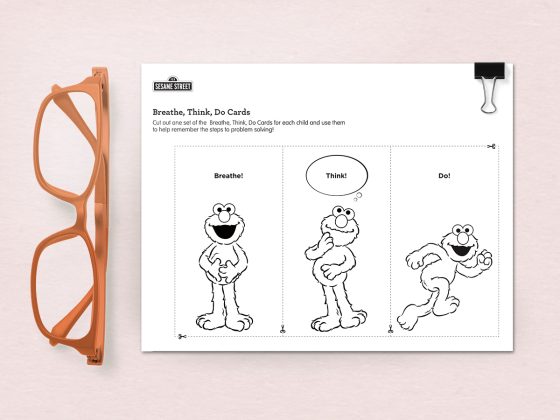
Handling Worry and Anger
Learn how to calm children when they're angry or anxious.
- Print and distribute the “Breathe, Think, Do” cards to each parent. Ask parents to raise their hands: who hasn’t been sure what to do when their child is having a meltdown? Look at all of those raised hands! Reassure parents that they are not alone: it’s not easy when children’s emotions take over, but there are way to help kids learn to handle their emotions and behavior.
- Mention that when children are worried or angry, they need a parent’s help finding the words or actions to show their feelings. They may act out because don’t know how else to express themselves.
- Demonstrate and discuss the Breathe, Think, Do digital interactive and encourage parents to download it. Distribute the Breathe, Think, Do cards and encourage parents to share the cards with their children at home after they’ve shared the interactive.

Mindful Caregivers
Practicing mindfulness is a great way to slow down and reset.
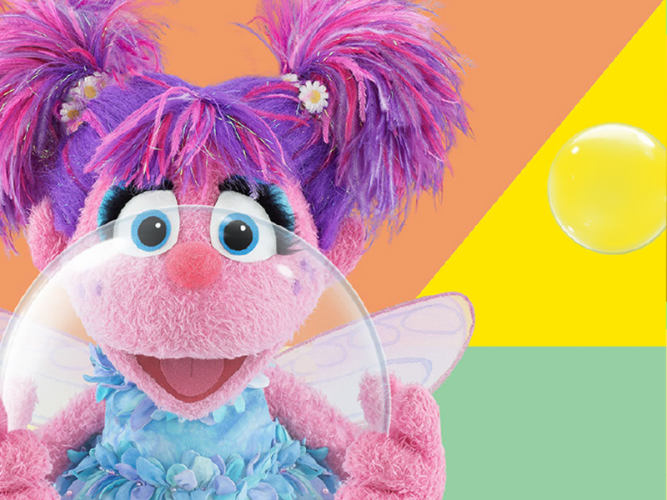
Mindful Monsters: Bubble Breathing with Abby Cadabby
In this podcast, Abby Cadabby guides children through a bubble breathing exercise.
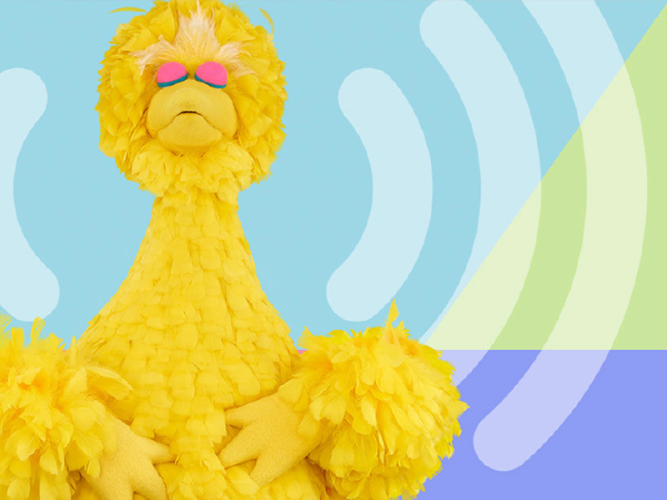
Mindful Monsters: Body Scan with Big Bird
In this podcast, Big Bird guides children through a mindful body scan.
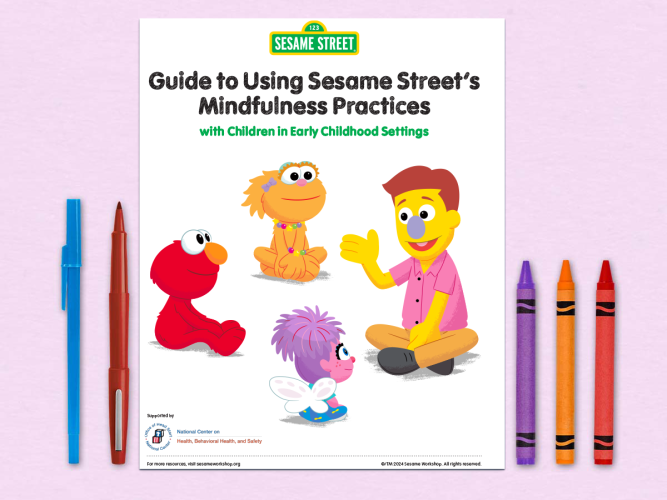
Mindful Monsters: A Podcast Guide to Peace
A guide with tips for using the Mindful Monsters Podcast Series.
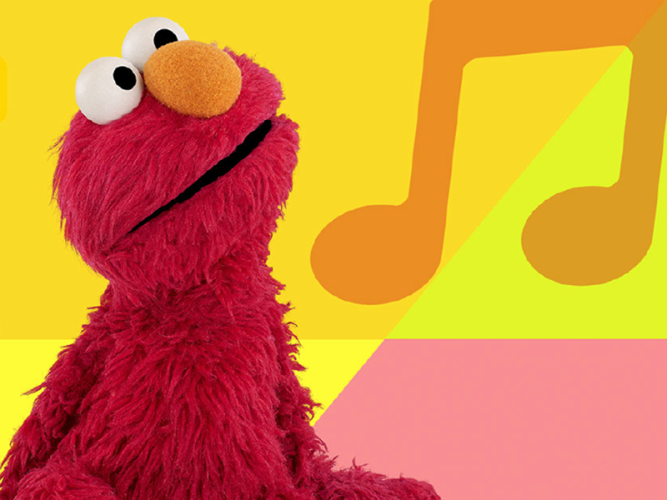
Mindful Monsters: Whole-Body Listening with Elmo
In this podcast, Elmo practices whole-body listening.
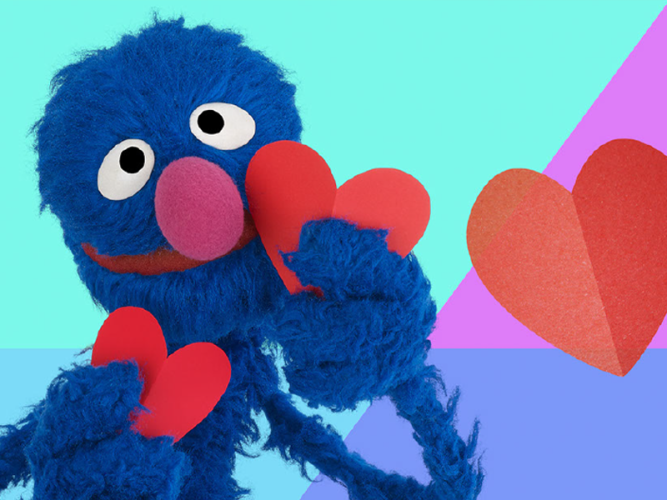
Mindful Monsters: Self-Love Mantras with Grover
In this podcast, Grover shares some mindful mantras.
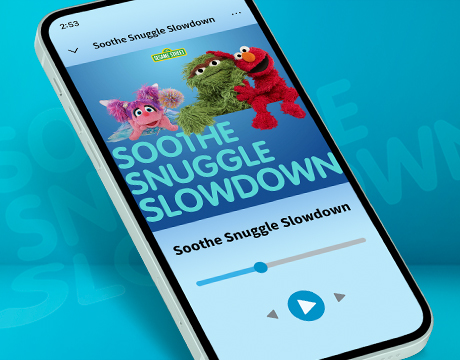
Soothe Snuggle Slowdown: Songs and Strategies for Restful Sleep
This curated playlist helps little ones (and their tired grown-ups) relax and unwind! A mix of mellow tunes sets the mood for naps, bedtime… or just some much needed down time.
